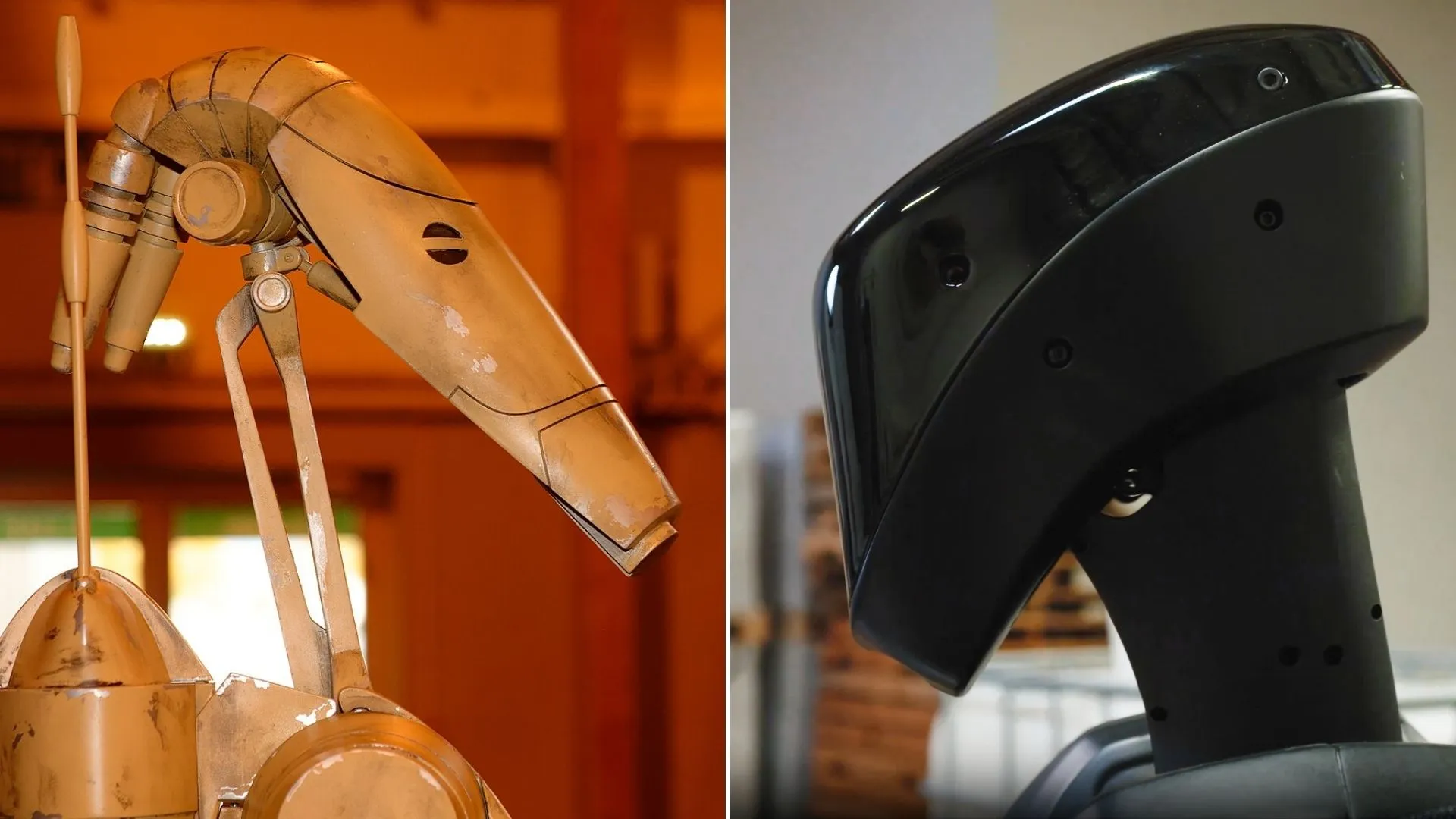Copyright Interesting Engineering

A San Francisco-based robotics company named Foundation has developed what could be the world’s first humanoid robot explicitly designed for warfare. Called the Phantom MK-1, the machine stands 5 feet 9 inches tall, weighs 175 pounds, and can carry loads up to 44 pounds. The company’s move breaks ranks with most major robotics manufacturers, which have pledged not to weaponize their technology. A new frontier in military robotics Across the world, militaries are increasingly integrating artificial intelligence into defense systems. In the Russia–Ukraine war, indigenous drones and unmanned systems are already performing real-time target acquisition and precision strike support. According to one analysis, drones now account for roughly 70-80 % of battlefield casualties, aided by AI-enabled systems. U.S. and Israel take it one notch further by using AI to track and generate target recommendations, while the People’s Liberation Army (PLA) of China is investing heavily in automated target recognition systems powered by satellite imagery and sensor data. But Foundation’s approach represents a new dimension. Bringing humanoid robotics into military use. “The future of warfare is real-life video games,” said Sankaet Pathak, the company’s CEO, in an interview with News Nation. “Air, land, sea, all of them would be autonomous. So in the next 10 years, the most likely scenario is you start seeing a lot of active battlefields where the first body in would be humanoids, and then humans to follow after that if needed.” Notably, South Korea, India, Australia, the U.K., Saudi Arabia, and the UAE are also developing AI-enabled defense technologies, particularly in computer vision applications that help identify and classify battlefield targets. Built for the battlefield According to Pathak, the Phantom MK-1 is intended to act as a ground unit, serving as a first line of defense rather than offense. The robot is designed to perform tasks such as reconnaissance and bomb disposal, reducing the risk to human soldiers in high-risk missions. The company plans to produce 10,000 units by next year, though Pathak clarified that these robots will not be fully autonomous. He said that there will be a human operator behind the wheel to take the final judgment to either fire a weapon or not, emphasizing the company’s commitment to keeping “a human in the loop” for mission-critical decisions. While AI will handle tasks like path tracking and trajectory calculations, human oversight will remain essential. Pathak described the Phantom MK-1 as “faster, stronger, and weaponized to be deadlier,” noting that its design prioritizes durability for deployment in harsh environments. The robotics company aims to build “the most rugged humanoid” capable of withstanding the physical stresses of battlefield operations. Minimal sensors, maximum control Unlike many modern humanoids, the Phantom MK-1 relies primarily on cameras rather than LiDAR sensors. In an interview with CNET’s Jesse Orrall, Pathak explained that the team intentionally reduced the number of sensors and cables in the robot to simplify data integration and improve reliability. Orrall noted that sometimes the data between sensors and cameras conflict, then proceeded to test the robot using a VR headset that allowed direct manual control. The Phantom MK-1 currently uses a mechanical hand with gloves, which Foundation plans to replace with more advanced hardware in future iterations. The robot’s movements are powered by proprietary cycloid actuators, allowing it to move smoothly, quietly, and with notable strength. Visually, the Phantom MK-1 has a streamlined, all-black body with broad shoulders and a featureless, mask-like face embedded with cameras, reinforcing its utilitarian, machine-first design. Its long, forward-curving head gives it a faint resemblance to a Star Wars-style battle droid, though the aesthetic here is rooted in functionality and not fiction. The robot’s camera-first build suggests a focus on vision-based situational awareness, a key element for semi-autonomous operations. Beyond the battlefield Though the company’s focus on military applications sets it apart, the company also plans to deploy its robots in factories and logistics. Pathak hinted that the technology could one day extend to Mars exploration, showing ambitions beyond Earthly conflicts. Founded in 2024, it has quickly attracted attention for focusing on military humanoid development. Out of dozens of humanoid robotics firms worldwide, News Nation reported that it is the only company openly building humanoids for combat. Whether the Phantom MK-1 becomes a new standard in defense technology or sparks a broader debate over weaponized AI remains to be seen. For now, Foundation and the Phantom MK-1 are a striking evolution in the relationship between tech and warfare.



